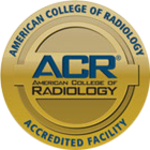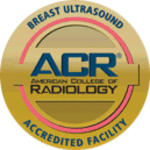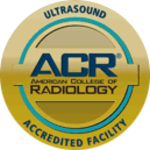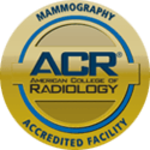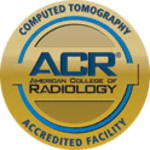Bone Density (DXA exam or Bone densitometry)
Helping Connecticut women fight osteoporosis near East Haven.
Bone density scanning, also called dual-energy x-ray absorptiometry (DEXA) is an enhanced form of x-ray technology that is used to measure bone density. It is typically performed on the lower spine and hips.
Bone Density Scanning is used to diagnose osteoporosis in East Haven and assess an individual's risk for developing fractures. It is quick, noninvasive and uses less than 1/10th the dose of a standard chest x-ray. Osteoporosis is a debilitating bone loss condition that affects one in three women after menopause. Although osteoporosis typically afflicts women, men can also develop bone loss. For women, a baseline scan is usually recommended at age 50 or post-menopausal. Subsequent scans are generally ordered every 2 years.
Who is at Risk for Osteoporosis in East Haven, CT?
Osteoporosis makes you more likely to break bones because you lose bone mass and density. You may not have any symptoms or pain. The first sign might be a bone fracture.
Things that make osteoporosis more likely include:
Age. Your bone density peaks around age 30. After that, you’ll begin to lose bone mass. So that’s all the more reason to do strength training and weight-bearing exercise while also making sure you get enough calcium and vitamin D from your diet to keep your bones as strong as possible as you get older.
Gender. Women over the age of 50 are the most likely people to develop osteoporosis. The condition is 4 times as likely in women than men. Women's lighter, thinner bones and longer life spans are part of the reason they have a higher risk. Men can get osteoporosis too, it is just less common.
Family history. If your parents or grandparents have had any signs of osteoporosis, such as a fractured hip after a minor fall, you may be more likely to get it, too.
Bone structure and body weight. Petite and thin women have a greater chance of developing osteoporosis. One reason is that they have less bone to lose than women with more body weight and larger frames. Similarly, small-boned, thin men are at greater risk than men with larger frames and more body weight.
Broken bones. If you’ve had fractures before, your bones may not be as strong.
Ethnicity. Research shows that Caucasian and Asian women are more likely to develop osteoporosis than women of other ethnic backgrounds. Hip fractures are also twice as likely to happen in Caucasian women as in African-American women.
Certain diseases. Some diseases such as rheumatoid arthritis raise the odds that you’ll get osteoporosis.
Some medications. Certain prescription medications - for example, if you take steroids such as prednisone for a long time - can also boost your odds of getting osteoporosis.
Smoking. It’s bad for your bones. To lower your risk of osteoporosis and fractures - and many other health problems - work with your doctor to kick this habit ASAP.
Alcohol. Heavy drinking can lead to thinning of the bones and make fractures more likely.
Our Equipment and Technologists
Our Hologic Horizon DXA Bone Density scanner serving East Haven, CT patients is “digital”, meaning that we use computers to improve the quality of the images, and at the same time using a lower x-ray dose. Our knowledgeable, professional technologists will put you at ease and answer all of your questions before the exam.
How to Prepare for a Bone Density Scan near East Haven Connecticut
Do not take calcium supplements for at least 24 hours before the exam. Dress comfortably avoiding garments that have zippers, belts, or buttons made of metal.
What to Expect
Prior to scanning, our technologist will review your medical history. You will be asked to fill out a Bone Density Questionnaire and screening sheet to review any past surgical history. You can complete this on your Patient Portal, or print it out and bring it with you, or our technologists will complete it with you at your appointment.
You may be asked to wear a gown. You will be asked to lie face-up on a padded table. An x-ray detector or arm is located above the table. To assess your spine, your legs are supported on a padded box to flatten the pelvis and lower spine. To assess your hip, your foot will be placed in a brace that rotates your hip inward. In both cases, the detector arm is slowly passed over the hip and spine generating images on a computer monitor. Just relax and remain still for a few seconds. It is a quick and painless procedure. There are no restrictions after the exam.
You can expect a 20-30 minute appointment time, the scan will take about 10 minutes.
Your Results
Your doctor(s) will receive a full detailed written report from our highly trained radiologists within one day. We can provide you with a CD copy of your exam to bring to your referring physician on your follow-up visit. Our goal is to provide you with the highest level of customer service and image quality in a caring and supportive environment.
Questions?
If you have any questions or concerns about your procedure, feel free to call us at 203-453-5123 or contact us online.
back



